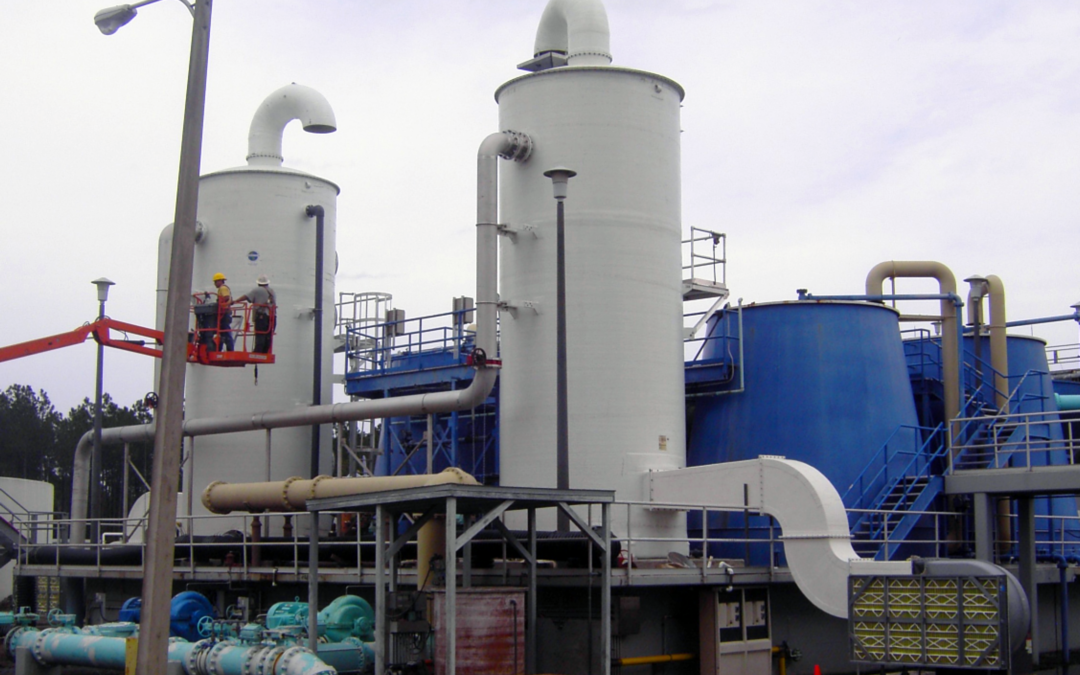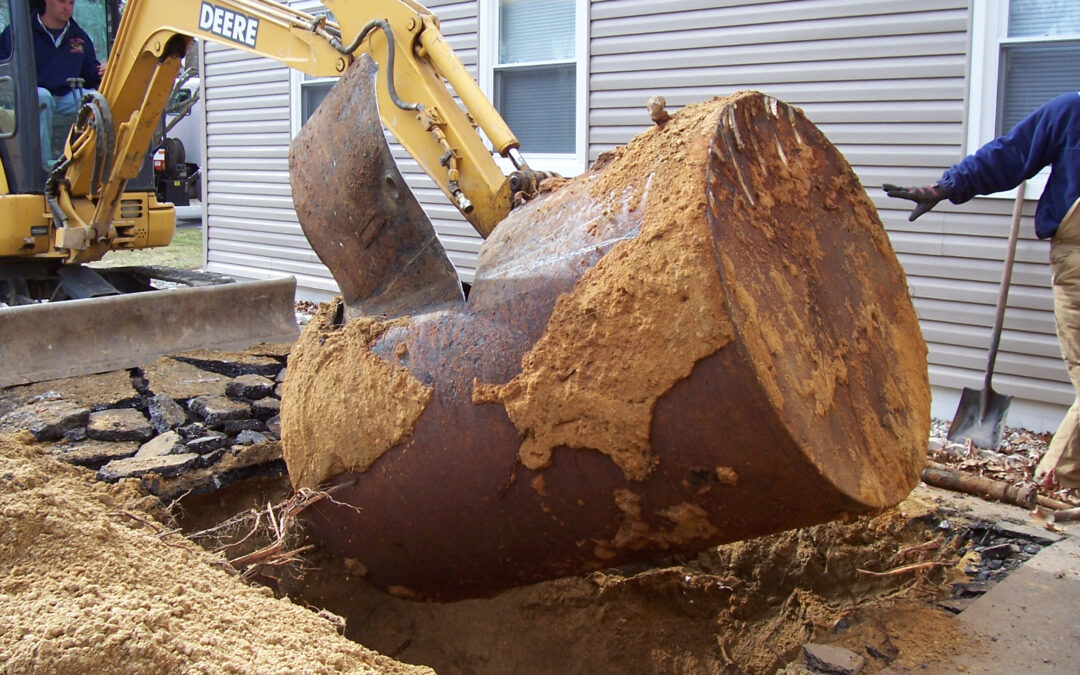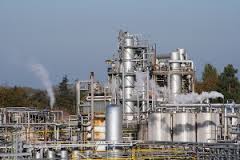
by Jim Davis, Environmental Risk Management | Jul 22, 2014 | Environmental Services, Industrial Health & Safety Services
Industrial properties are more likely to have environmental liabilities and the problems need to be identified and managed. Demand is high for high tech distribution facilities but most times they are being built on top of old manufacturing sites. Industrial property...

by Jim Davis, Environmental Risk Management | Jul 2, 2014 | Environmental Services, Industrial Health & Safety Services
Many older underground storage tanks (USTs) need be be closed properly to protect human health and the environment. Contaminated ground water is usually the first sign that you have a problem with a UST. For the best tips on closing a UST we need to first know if you...

by Jim Davis, Environmental Risk Management | Jun 19, 2014 | Environmental Services, Industrial Health & Safety Services
The Toxics Release Inventory (TRI) Requirement EPA requires reporting of toxic chemical releases under EPCRA, and facilities that manufacture, process, or use toxic chemicals over certain quantities must file annual reports estimating the amounts released to the...

by Jim Davis, Environmental Risk Management | Jun 11, 2014 | Environmental Services, Industrial Health & Safety Services
SPCC is the abbreviation for the Spill Prevention, Control, and Countermeasure (SPCC) Rule. An EPA regulator from the Office of Emergency Management (OEM) recently revealed the most common SPCC violations he finds on field inspections. Typical Violations from All...

by Jim Davis, Environmental Risk Management | Jun 3, 2014 | Industrial Health & Safety Services
A dust explosion is a very rapid burning of the dust while it’s still suspended in the air, known as deflagration. If this happens in a confined enclosure (building, room, vessel, equipment) there may be an explosion. The dispersion of dust in particulate or...
by Jim Davis, Environmental Risk Management | May 28, 2014 | Environmental Services, Industrial Health & Safety Services
Anyone who manufactures, imports, or exports hazardous chemicals is required by the EPA to comply with Toxic Substances Control Act (TSCA). Anyone transporting anything not on the TSCA list of chemicals must notify the EPA at least 90 days before producing or...






